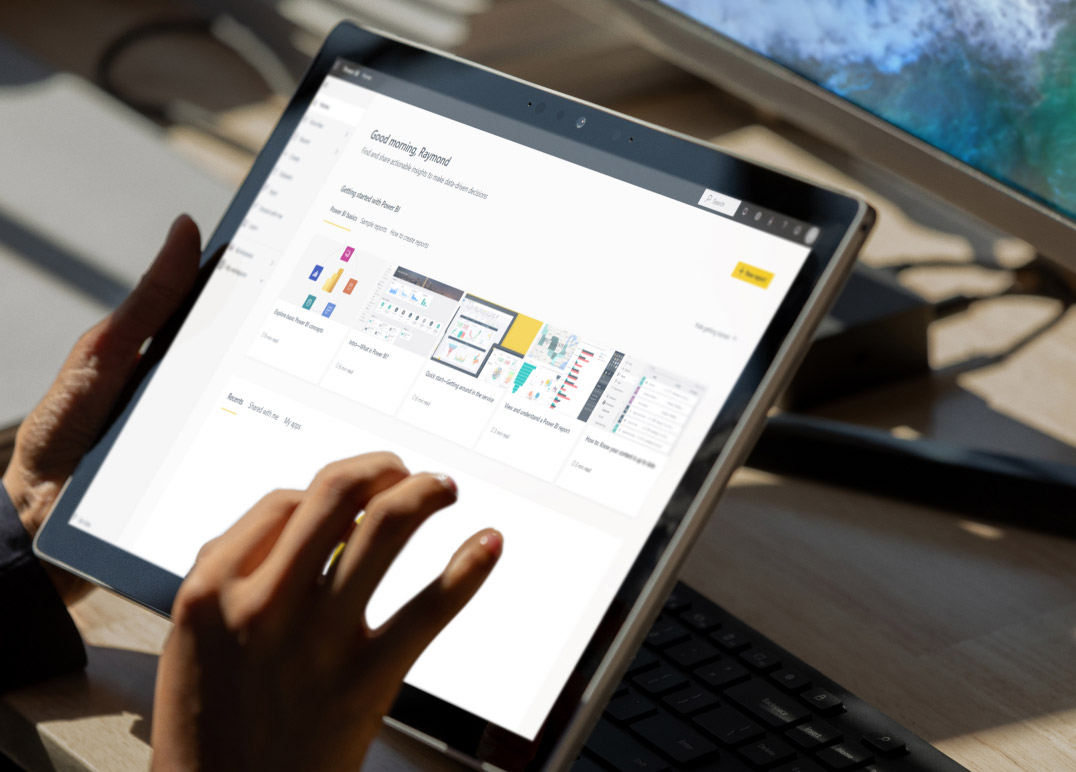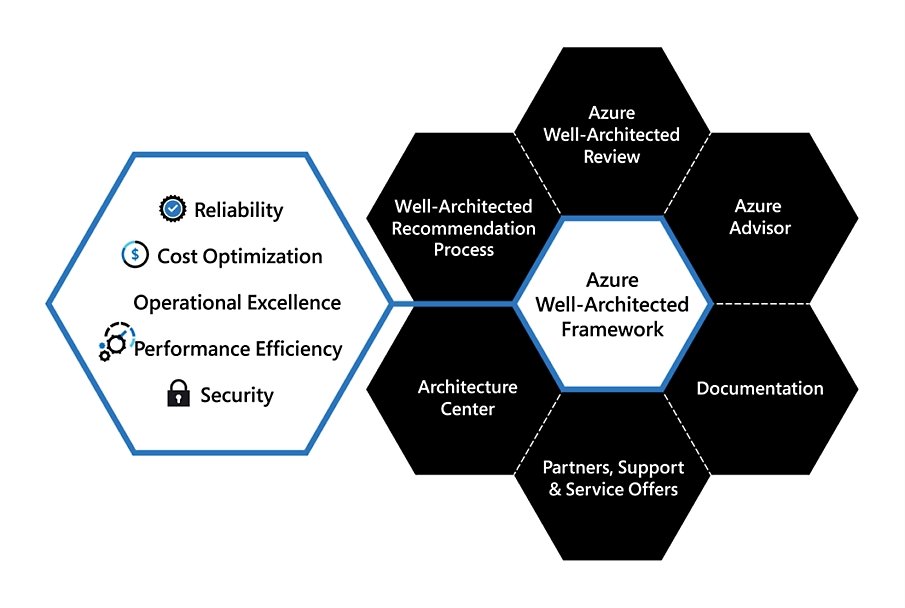Repositioning IT as the driver of business innovation
Cloud 9 delivers solutions and strategies to help you modernize critical legacy applications while reducing the cost to keep them running, allowing you to redeploy resources toward revenue-generating innovation
What is application modernization?
Application modernization is the process of updating an organization’s existing apps to a cloud-first model—sometimes called legacy modernization. If an organization uses on-premises apps, modernization may involve migrating those apps to a public, private, or hybrid cloud. Commonly modernized apps and data include:
- .NET apps
- Linux web apps
- Java apps
- SAP apps
- SQL databases

What are the benefits of app modernization?
Application modernization steps and strategies
The steps and strategies for successful app modernization should work towards supporting a framework of organizational goals. For example, the Azure Well-Architected Framework has five architectural pillars geared towards organizational goals—these can be used for app modernization as well:
- Reliability: The ability of a system to recover from failures and continue to function.
- Security: Protecting applications and data from threats.
- Cost optimization: Managing costs to maximize the value delivered.
- Operational excellence: Operations processes that keep a system running in production.
- Performance efficiency: The ability of a system to adapt to changes in load.


App modernization steps
The process of modernizing an organization’s apps can be broadly defined by three steps.
- Planning. This first step requires organizations to think carefully about their app modernization goals and define their strategy before any action is taken. This is the time to discover and assess existing apps and environments in preparation for change.
- Implementation. During this step, organizations build new skills and begin modernizing their apps iteratively. An iterative modernization approach gives organizations the flexibility to change their project scope or strategy as needed.
- Operations. App modernization is not a one-and-done deal. Once organizations move to a cloud-first approach, they can use cloud platform services and tools to help secure, govern, manage, and optimize their apps.
App modernization strategies
These strategies are distinguished by an organization’s modernization goals and the need for code changes to the apps themselves. An app modernization strategy is defined during the planning step and put into effect during the implementation step.

Rehost. Sometimes called “lift-and-shift,” this modernization strategy emphasizes speed because it requires practically no code changes. Organizations take apps from their previous environment and transition them as-is to their current environment.
Replace. If an app won’t meet current or future business needs even after rebuilding, replacing it with a ready-made solution may be necessary. This approach can be faster than rebuilding and free up valuable development resources.
Refactor (or repackage). Refactoring prioritizes productivity as well as speed. With this strategy, apps need only minimal code changes so that they can connect easily to and make the most of a cloud-first environment.
Rearchitect. If an organization needs cloud scalability, rearchitecting might be the right approach. With rearchitecting, apps functionality and code get modified and extended to scale better in the cloud.
Rebuild (or rewrite). For recreating an app using cloud solutions, rebuilding is sometimes the right option. It’s a heavier lift, but it may be essential if existing apps have limited functionality or lifespan.
Replatform. This approach lies in between rehosting and refactoring. With replatforming, organizations make code changes so that apps can be used with cloud technologies.

Modernizing the app development process
In addition to modernizing apps themselves, a critical element of any organization’s long-term strategy should be to modernize its approach to app development, also known as Developer Velocity. This includes modernizing developer teams’ tools and processes to maximize their productivity, collaboration, and work quality. There are tools, analyst studies, and other resources to help organizations assess and improve their Developer Velocity.
Tools and services
Organizations looking to modernize their applications have many ways to go about it. Technologies that support organizations in optimizing their IT assets include:
Cloud computing
Internet-based cloud services can increase application performance, efficiency, and scale.
Containers
These packages of software bundle together application code, which enables seamless deployment across multiple environments.
Microservices
This architectural approach makes application development more agile by allowing each core function—also known as a service—to be built independently.
Automation
Third-party services that automatically perform common tasks can help optimize application deployment, management, and diagnostics.
AI and machine learning
Intelligent services and solutions help companies mine richer insights from their applications and data.
FAQs
What is application modernization?
Through application modernization, organizations transition their apps to a cloud-first model. This may involve migration if they are using on-premises apps.
What is legacy modernization?
“Legacy modernization” is another way of saying “application modernization.” However, both older and newer apps can be modernized with cloud technology to achieve greater agility, stability, and innovation.
What are the benefits of application modernization?
Application modernization offers a variety of benefits both for the apps themselves and the organization modernizing them. Key benefits can include increased efficiency, compatibility with cloud technology, improved security, higher availability, and accelerated time to market.
What are the steps of application modernization?
There are three overarching steps for application modernization: planning, implementation, and operations. Planning includes defining a modernization strategy. Implementation involves skill-building and modernizing apps. Operations covers ongoing governance, management, and optimization.
What are some application modernization strategies?
App modernization strategies should be designed to support an organization’s modernization goals. The Azure Well-Architected Framework lays out five pillars that work towards those goals: Reliability, security, cost optimization, operational excellence, and performance efficiency.
There are four broad modernization strategies, each distinguished by the level of code changes that an organization wants to make to their apps. Rehosting moves the app as-is from an older environment to a newer one. Replatforming entails some code changes to connect apps to the cloud. Similarly, refactoring also calls for some code changes so apps get the most out of a cloud-first environment. Rearchitecting involves significant modifications to apps for cloud scalability. Rebuilding requires recreating apps using cloud-native solutions. Replacing swaps an organization’s apps for a completely different one to meet current business needs.
What are examples of application modernization tools and services?
There are a wide variety of application modernization tools and services available depending on what an organization needs. For example, if an organization wants to optimize costs, operate confidently, and ship features faster by bringing apps and data to the cloud, a fully managed service like Azure App Service could be a good fit.
